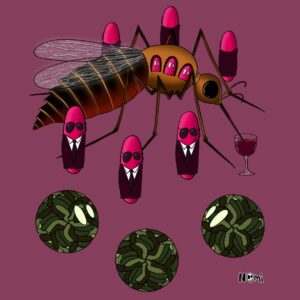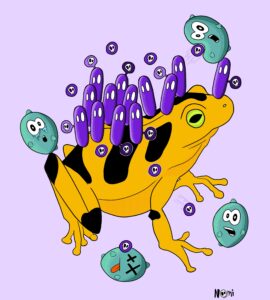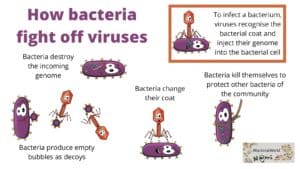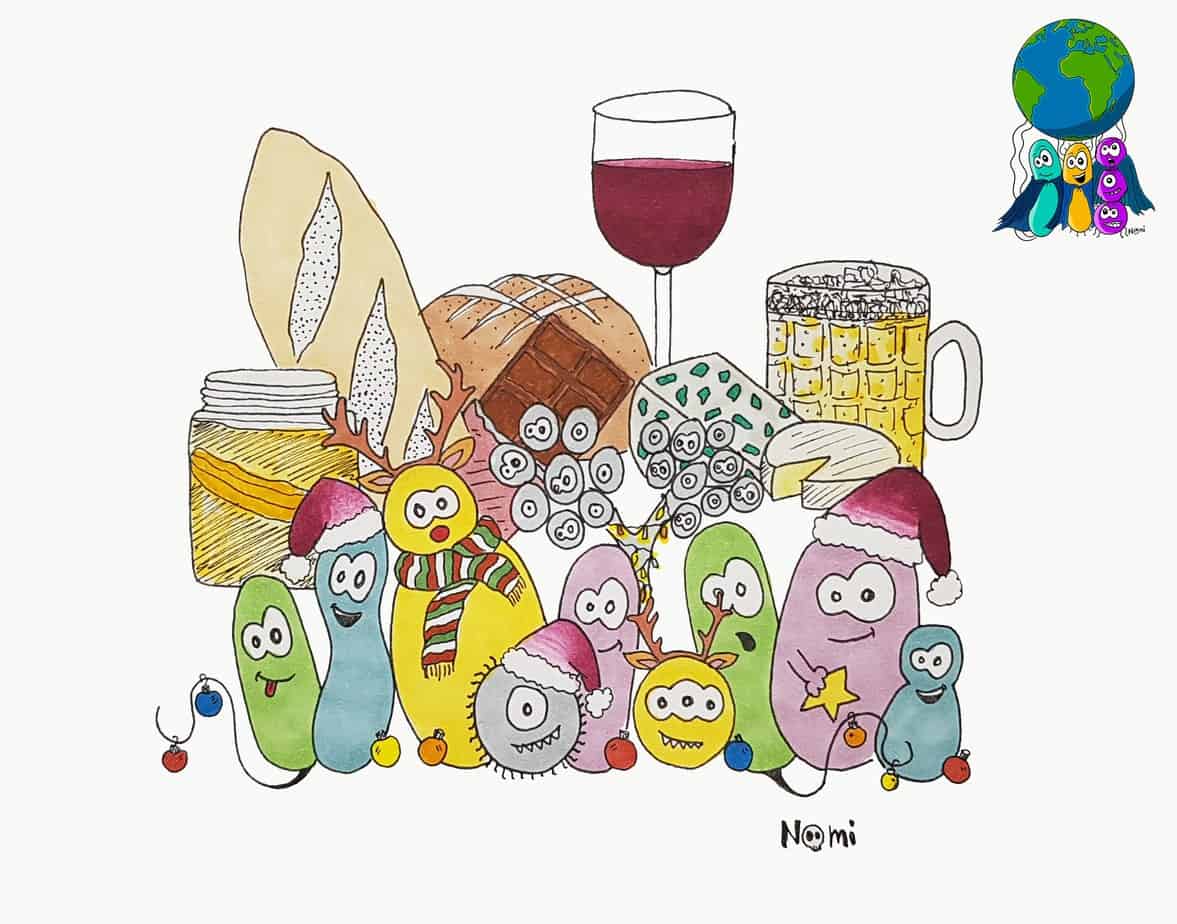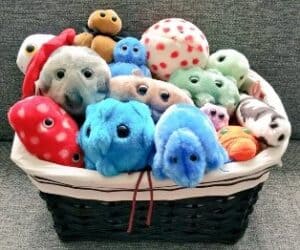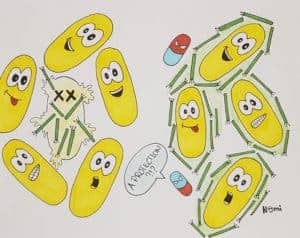
Even at the dark and cold bottom of the sea, microbes flourish
Microbes are everywhere. And some have superpowers that allow them to grow in extremely challenging and harsh environments. Especially at the dark and cold bottom of the sea, extremophiles flourish since they interact with other microbes and eat pollutants and contaminants. Interestingly, their microbial activities can also impact our global climate.

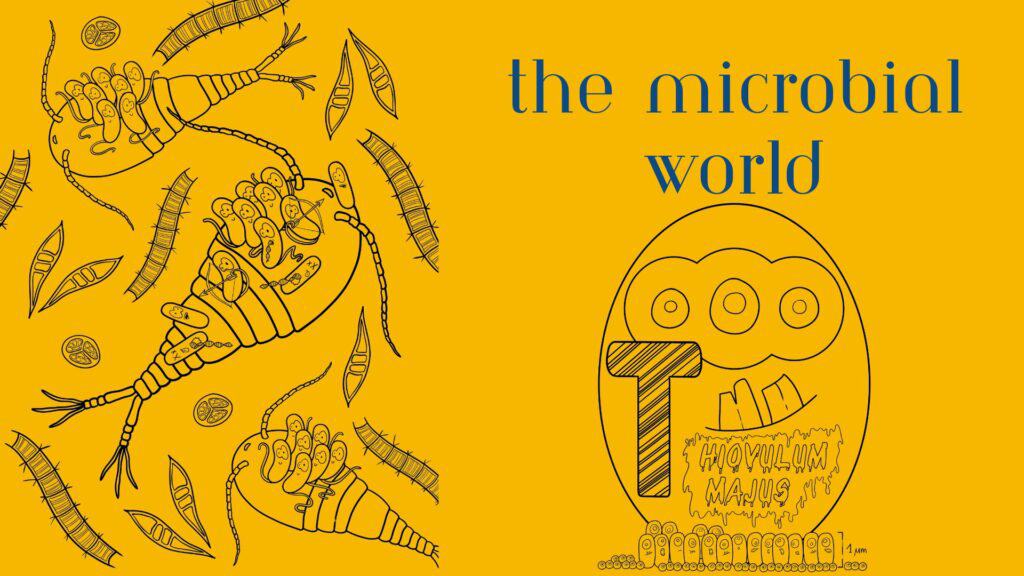 The microbial world comprises all the tiny organisms that we cannot see with the naked eye. These microorganisms can be bacteria, viruses, fungi, protozoa, tardigrades or eukaryotic unicellular animals. While we are mainly focusing on the bacterial world on this blog, other microbial players are just as important. The interactions between the different organisms across the different kingdoms of life are what make many ecological niches so special, colourful and significant.
The microbial world comprises all the tiny organisms that we cannot see with the naked eye. These microorganisms can be bacteria, viruses, fungi, protozoa, tardigrades or eukaryotic unicellular animals. While we are mainly focusing on the bacterial world on this blog, other microbial players are just as important. The interactions between the different organisms across the different kingdoms of life are what make many ecological niches so special, colourful and significant.
